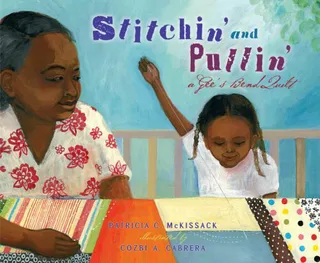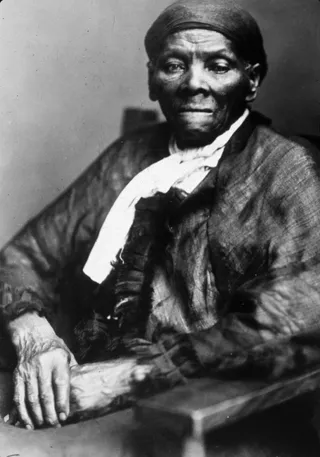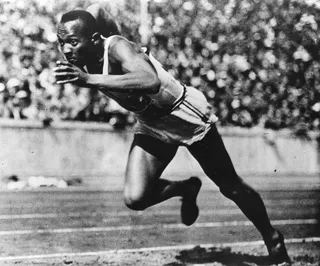7 Ways to Celebrate Black History Month With Your Children
Children can enjoy learning about African-American history.

1 / 8
Celebrate Black History With Your Little One - Black History Month is dedicated to celebrating the evolution and achievements of African-Americans. The topics during Black History Month include lessons on slavery, corruption, oppression and civil rights, and there are ways for children to learn about their history, too. Check out these fun Scholastic activities in the arts, literature and more that will help teach your little one about Black History Month. — Dominique Zonyéé (@DominiqueZonyee)(Photo: AP Photo/File)

2 / 8
Twelve-Bar Blues - Teachers, give your students a Black History Month lesson in the blues, a music genre which was created to reflect times of hardship and struggle. Help your students brainstorm things that might give them “the blues.” Teach your students about the 12-bar structure with the lesson plan from the Blues Classroom from PBS.(Photo: Paul Natkin/WireImage)

3 / 8
Story Quilts - Story quilts document some of the first accounts of African-American history. Slaves used quilts to share messages and tell their own stories of personal struggle and oppression. Read Patricia McKissack’s book Stitchin’ and Pullin’ and view photos of story quilts at Auburn University. Then create your own story quilt as a family. (Photo: Random House)
Photo By Photo: Random House

4 / 8
Reading and Research - Make reading and researching fun for your children by having them research African-American children’s book authors, such as Christopher Paul Curtis, Julius Lester and Patricia McKissack. Then ask students to simulate a Q&A between the author and one of his or her characters. For a list of African-American children’s books, click here.(Photo: Aladdin Books)

5 / 8
The Shades of History - The book The School Is Not White! can teach your child about desegregation. When paired with President John F. Kennedy’s quote, “When Americans are sent to Vietnam or West Berlin, we do not ask for whites only. It ought to be possible, therefore, for American students of any color to attend any public institution...,” you can make a quick history lesson. Discuss how this statement reflects what happened in the book.(Photo: Hyperion Books)
ADVERTISEMENT

6 / 8
Trip to Freedom - Take an interactive field trip on the Underground Railroad to show your little one the road to freedom with activities, lessons plans and a teacher’s guide for classrooms. You can also read Fannie Moore’s personal story and answer the questions about what it might have been like to be in her shoes. Kids can also write letters using the secret code of the escaped slaves.(Photo: MPI/Getty Images)
Photo By MPI/Getty Images

7 / 8
Gold Medal Math - Wow your athlete with stats about Jesse Owens, the first American in Olympic track and field history to win four gold medals in a single Olympics. Have your student use math to determine how many meters per second he ran during his gold-medal races.(Photo: Hulton Archive/Getty Images)
Photo By Photo: Hulton Archive/Getty Images
